When plasma is unstable: physicists tested sudden energy collapses in a tokamak

An extensive series of experiments has been carried out by researchers from the Institute of Plasma Physics of the CAS and the international ITER project, which aims to start producing clean and almost inexhaustible energy through the so-called tokamak within the next four years. For the first time, scientists have been able to provide experimental evidence of a physical limit to the electric currents flowing between the plasma and the first reactor wall at a time when the plasma is unstable. The new findings, published in the Nuclear Fusion journal, will help improve computer models for future fusion reactors.
The next Step for ASDEX Upgrade
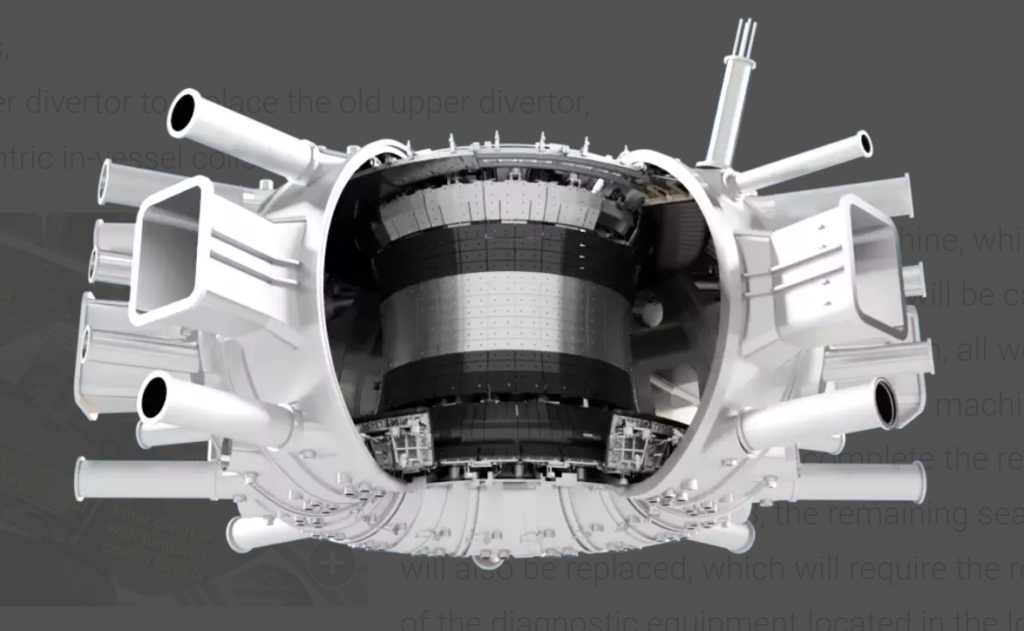
910 project activities in 514 days: In a complex conversion project, the Garching fusion experiment is being overhauled and equipped with divertor coils for the first time.
Women in Fusion initiative website launched

Women in Fusion (WiF) has launched a website today where members can join a new global network for gender parity in fusion, improving diversity and increasing the visibility of women’s contributions to fusion. With this new website everyone interested in WiF’s mission can join the Women in Fusion community.
“Sometimes you need to inject some pragmatism”
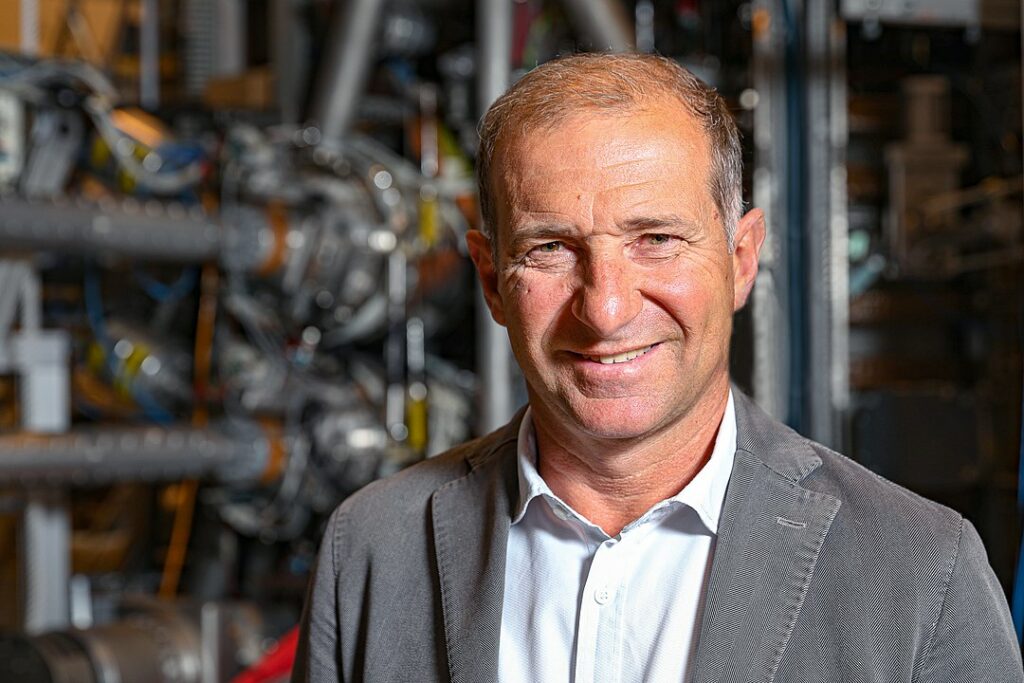
On 4 July 2022, Italian plasma physicist Prof Ambrogio Fasoli (Swiss Plasma Center / EPFL) was unanimously re-elected as chair of EUROfusion’s decision-making body, the ‘general assembly’ of 31 members from 29 countries. We talk to Fasoli about leading such a diverse band towards realising fusion energy.
A camera to see ITER neutrons

Inside the ITER tokamak, there will be many diagnostic devices that will be the “eyes and ears” of the machine. They will inform experts on the relevant parameters of the plasma to control the fusion reaction. As it takes place, neutrons of 2.5 MeV and 14 MeV will be produced in the vacuum vessel. The […]
COMPASS disruptions help to advance ITER
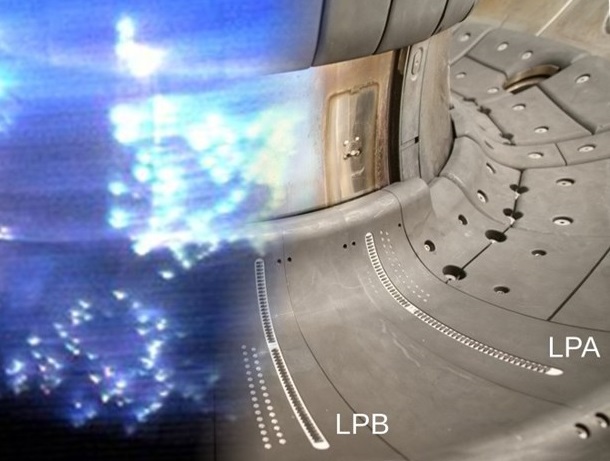
Scientists from the COMPASS tokamak at IPP in Prague and the ITER Organization have performed a set of experiments to improve the understanding of plasma disruptions. This joint effort has provided the first experimental evidence of a physical limit to the flow of electric currents between the plasma and tokamak components during these events. This finding will help scientists to refine models and provide improved predictions of plasma dynamics and the associated forces on in-vessel components during ITER disruptions.
On the way to the next stellarator generation
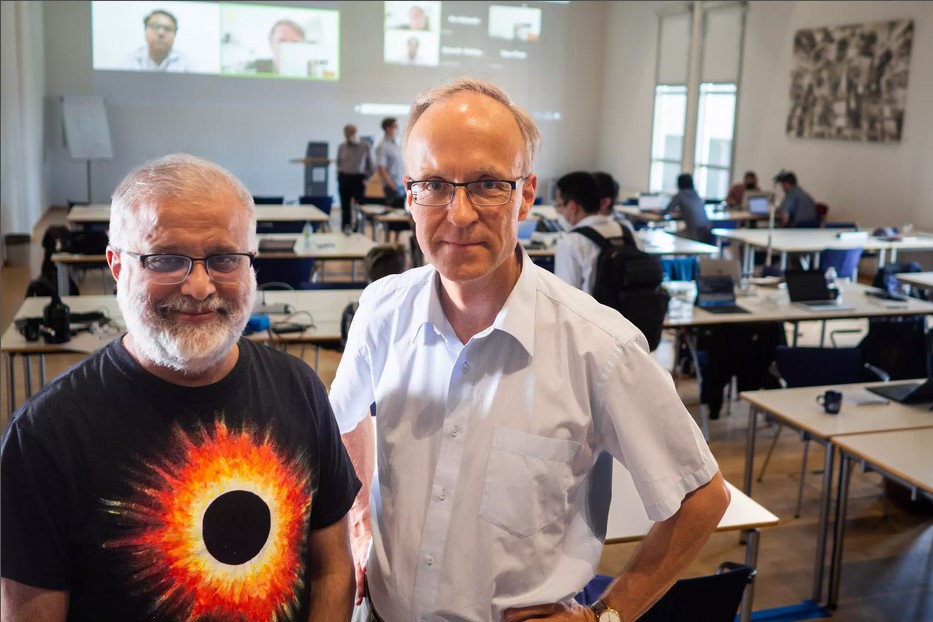
How can even better stellarators be built in the future? This is the key question that an international group of theoretical physicists pursued at the Simons Workshop at IPP in Greifswald. The two-week format was the culmination of a scientific collaboration that is probably unique worldwide – funded by the Simons Foundation.
Europe ready to light up blazing fire of negative ions
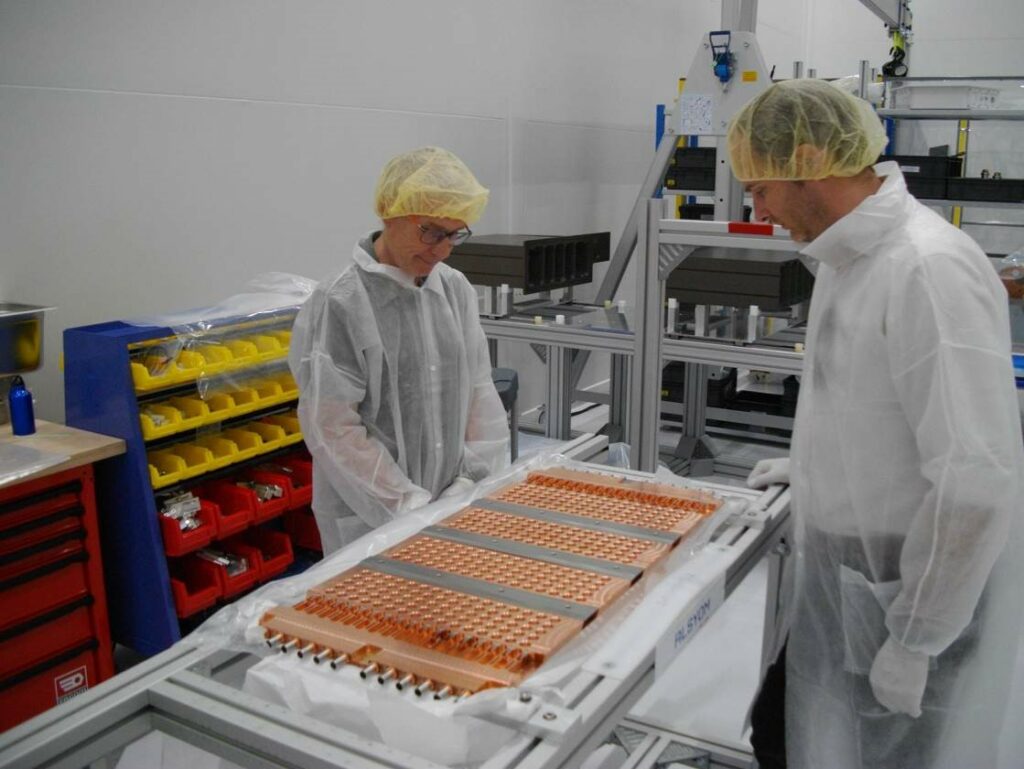
Unlike most fires that we fight to put out, this is one that engineers have been working hard to start. It will be essential to the success of ITER so as to raise the temperature of the super-hot plasma to approximately 150 million °C. Basically, beams will need to be powerful enough to help individual […]
Calls for early-career grants 2023 opened

The calls for the EUROfusion Engineering Grants and the EUROfusion Bernard Bigot Researcher Grants have been opened, for projects to start in the first half of 2023.
